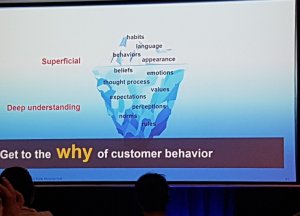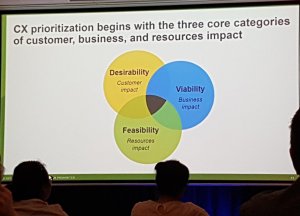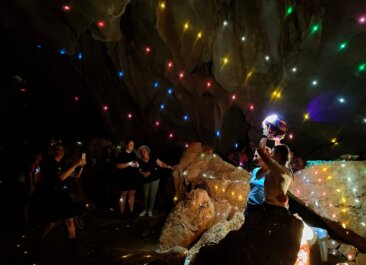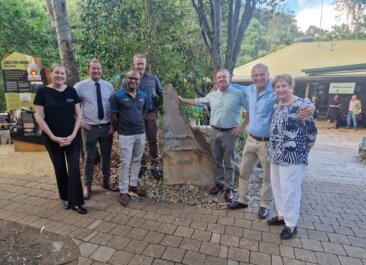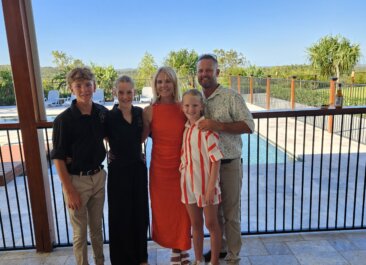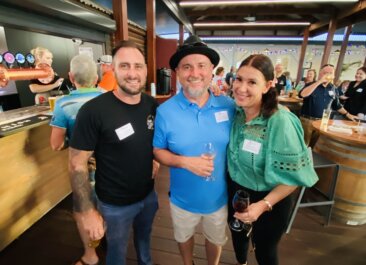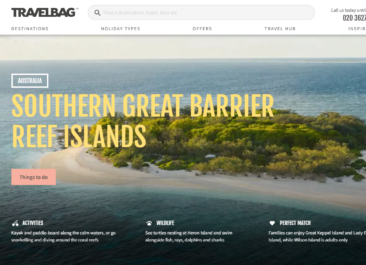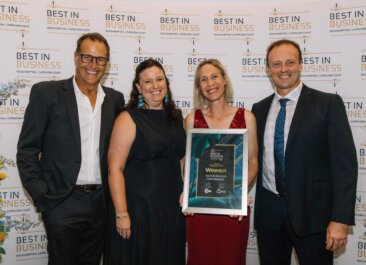DestinationQ Masterclasses
Posted on November 20th, 2018
The Capricorn Enterprise tourism team recently attended DestinationQ Masterclasses and were impressed by the ideas presented to tourism operators on Applying Augmented Reality and Virtual Reality to planning, marketing and enhancing your tourism experience and Customer Centricity: the importance of delivering exceptional experiences to your visitors.
Applying Augmented Reality and Virtual Reality to planning, marketing and enhancing your tourism experience
Virtual reality (VR), augmented reality (AR) and mixed reality (MR) are emerging technologies that are changing entertainment, education, industry, communication and countless other applications
The difference between VR and AR- Augmented reality (AR) adds digital elements to a live view, often by using the camera on a smartphone. Examples of augmented reality experiences include Snapchat lenses and the game Pokemon Go. Virtual reality (VR) implies a complete immersion experience that shuts out the physical world and creates the perception of being in a different place, real or imaginary.
The masterclass explained how AR and VR can be used to benefit the tourism industry and demonstrated two hand’s on examples of how this technology is currently being used.
Augmented reality was showcased with an example of the Banjo Paterson statue that is at the Waltzing Matilda Centre in Winton, coming to “life” and reciting Waltzing Matilda.
Virtual reality was demonstrated through the creation of a reef. Users can grow a healthy ecosystem, then have natural threats come and intervene and you had to manage those threats. This was being used in Tropical North Queensland giving visitors the experience to learn about the reef and remember their experience whilst they visited.
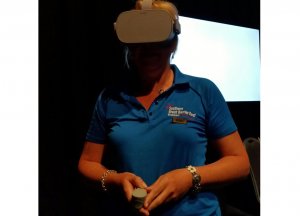
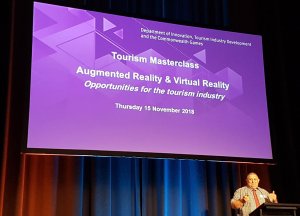
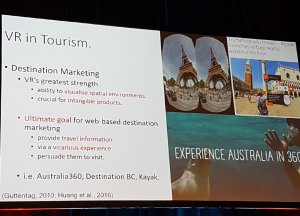
Customer Centricity: the importance of delivering exceptional experiences to your visitors
The customer centricity masterclass outlined the importance organisations needing to shift from being customer focused to customer centric. This means creating, a positive customer experience before and after the sale in order to drive repeat business, customer loyalty and profits.
Customer centricity is not just about offering great customer service, it means offering a great experience from the awareness stage, through the purchasing process and finally through the post-purchase process.
Customers want it easy. It goes for the navigation of the websites they visit, to booking their meal reservation, tour or accommodation, leaving feedback on their experience – the entire process from start to finish.
The masterclass provided many examples of organisations where implementing a customer centric approach verses a customer focused approach increased the organisations profits. It is purely and simply about using data to know who your customers are and what they need.
